Skipper and I have been towing boat trailers for several decades, and almost all the vehicles we’ve used to get to the water were equipped with 2″ frame-mounted receiver hitches and drawbars.Whether the trailer is being towed loaded or unloaded, a drawbar can knock and rattle inside the receiver, which not only makes a lot of annoying noise while driving but also causes wear on both the receiver and drawbar. This is especially true with light boats, light trailers, and light tongue weights where the drawbar isn’t consistently pressed tight in the receiver. The dents and scratches caused by the movement of the drawbar can lead to corrosion and a reduction in the integrity of the hitch system. Ball mounts, like the one at top, have a very loose fit in the towing vehicle's receiver. An ordinary hitch pin and spring clip will hold the receiver and mount together, but only loosely. The Silent Hitch Pin, below, not only eliminates the play between them, it also serves as a theft deterrent.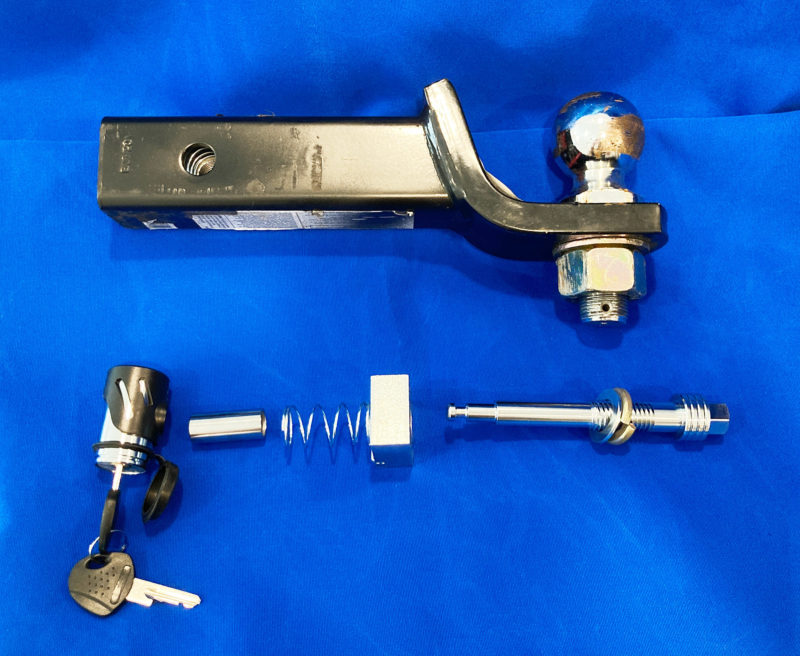 Photographs by the authors
Photographs by the authors
Join The Conversation
We welcome your comments about this article. To include a photo with your remarks, click Choose File below the Comment box.



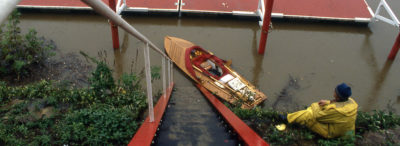


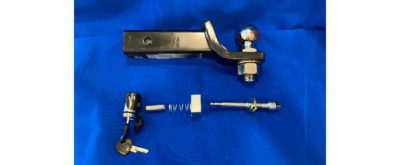


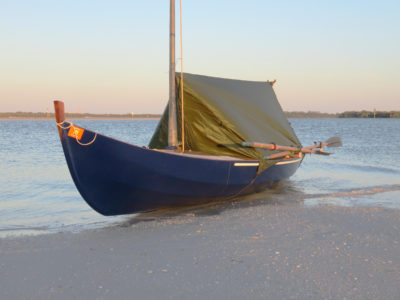
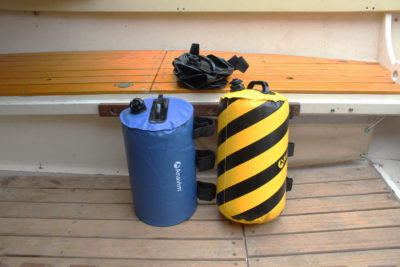
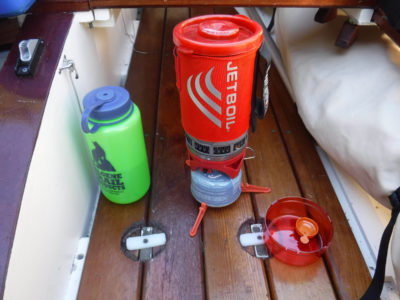
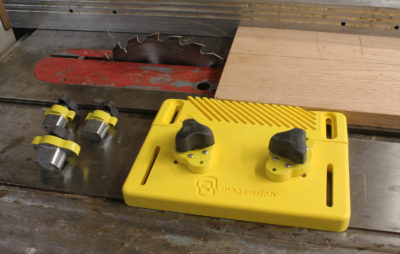
The pin design is clever and it is nice that it locks, but it depends on a hollow draw bar. For small boats towed by small cars many of us have 1 1/4 hitches which usually have solid draw bars. I use one of the simple plate with a U-bolt things on mine. It stops the rattle, fits 1 1/4 and 2 inch hitches, and they are cheap at around 10 bucks, like this one.
Me too.
I like this concept. My first exposure to trailer hitches was for bike racks. Those things rattle like crazy. My solution at the time was to cover the rack with Teflon tape to tighten up the fit. This is a much more elegant solution with the added feature of a lock.